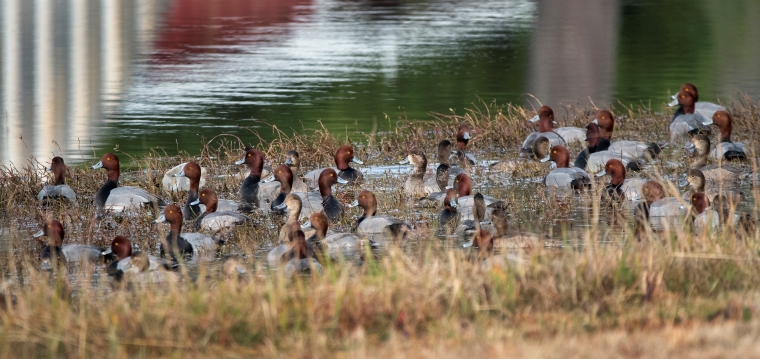
A small group of ducks on the final approach suddenly flares up, clawing at the sky to put some distance between themselves and the fake calls and decoys. In this case, an experienced drake has suddenly recognized the trap, seen on several previous occasions. And the young birds have keyed on the drake’s reaction to the decoys, hunters’ calls, bobbing heads, and other clues to the presence of danger. Some will continue to heed the lesson through autumn, while others will forget too soon and pay the consequences.
People have the internet, and ducks have their own communication network that is critical to almost every aspect of their lives. They use that communication or “web” to avoid predators and to find food and other essentials.
Birds use social behaviour to locate potential mates and find suitable habitats. The latter is vital during the annual wing and body moult, when ducks shed their old flight feathers and grow a whole new set of wing feathers. Obviously, these birds require safe places with abundant food to go through a three-to-four-week period in which they are flightless and vulnerable.
Flocking birds gain much more by exchanging information, and I got to witness examples of sophisticated behaviour years ago during my postgraduate work on waterfowl.
Pre-migratory behaviour
There are many good examples of ducks communicating with others through calls, behavioural patterns known as “intention” movements, and instinctive or “ritualized” behaviour that combines calls and postures critical in mate selection and courtship. I have found that ducks exhibit some of the most compelling examples of communications on the eve of migration.
In the mid-1970s, I studied the post-breeding (after-nesting) ecology of redhead ducks on a vast, inland sea called Lake Winnipegosis in south-central Manitoba. By July, redhead ducks had moved into the area and from August until the beginning of September underwent their flightless wing-moult.
During the pre-migration period, the redheads fed intensively to develop the fat deposits required for their long, late-October, non-stop flight to staging and over-wintering areas in Ontario and the eastern United States, a distance of up to 1,500 miles. Ontario hunters may have noticed that arriving redheads decoy easily, possibly because they have come from the remote boreal forest of south central Manitoba where human presence is limited, and have burned up most of their fat-energy stores by that time.
Duck directions
Prior to my graduate research, I often wondered how ducks organized themselves into flocks that would depart as a social group on a long migratory journey. Which duck would lead them and how would they know where to go? Which duck would make the decisions for the flock in transit and how would they know at the outset that they are carrying sufficient energy reserves to reach their destination? These questions relate more to diving ducks, like the redhead, which often complete long legs of continental journeys at one time. Dabbling ducks, such as the mallard, also make significant migratory flights, but can generally stop to refuel along the way.
Part of my research involved spending hundreds of hours observing redhead behaviour. By late October, my study area was on the verge of freeze-up and the birds were getting ready for their huge overland journey. Having seen virtually no other human beings that summer or fall, I could easily observe the birds offshore in front of my camp. In many cases, I sat with my spotting telescope just a hundred yards or so away.
I could hear them feeding during most of the night from my trailer. At first light, I could see a flock of about 20,000 redheads sleeping in a great raft in front of my camp. They slept until about 2 p.m. then began feeding. In other locations, foraging flights began, but most birds just settled on the best feeding locations and flew very little if undisturbed.
Time to go
On clear, late afternoons and into the evenings, with a northern component in the wind, the redheads began their pre-departure routine. A bird would wake up from the raft, stretch and preen, but instead of beginning to feed, it would raise its head and start swimming through the flock. This bird was inevitably a drake. After about 40 to 50 yards of swimming in one direction, it would turn abruptly and swim back the same way it came. Other redheads would wake up and join the swimming bird. All following birds fell into the path of the original leader in single file and did not try to overtake it in any way.
As more birds were recruited, the flock stretched out accordingly. In the beginning, the flock of synchronized swimmers was loosely constituted; new birds woke up and entered, but others dropped out. Other leaders recruited birds too, so at times there were up to five synchronized swimming flocks in my area. Gradually the swimmers became tightly synchronized, so that they all seemed to turn instantly. They also oriented themselves into a basic southerly bearing. Suddenly, the flock would stop with all heads held high.
From water to air
Several birds would begin “chin-lifting” or flicking their bills upwardly, then in the same instant, all the birds would race across the water and become airborne. The flock would rise in two to three wide circles, then head out to the southeast. This process occurred over a few days until all the birds were gone.
The duck web is not unique to pre-migratory redheads and the kinds of knowledge they need and use to evaluate and adapt to situations. There are endless examples of how ducks communicate to improve their chances of survival and ensure the decisions they make serve them well on their journeys.
Originally published in Ontario OUT of DOORS’ 2019 Hunting Annual.


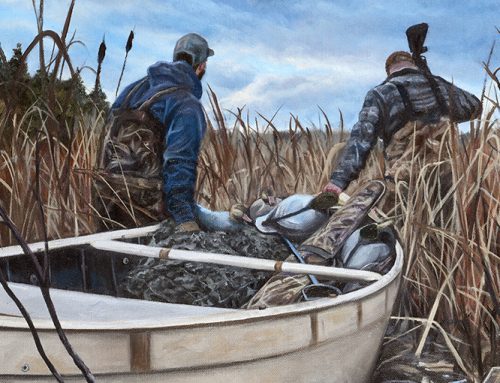
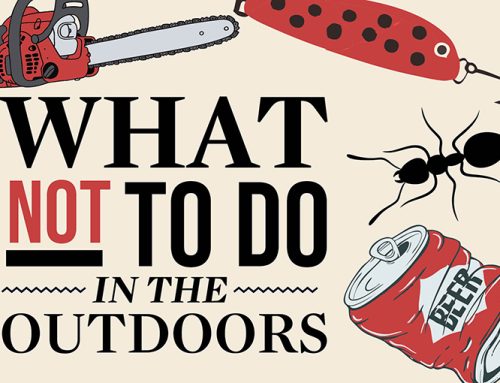
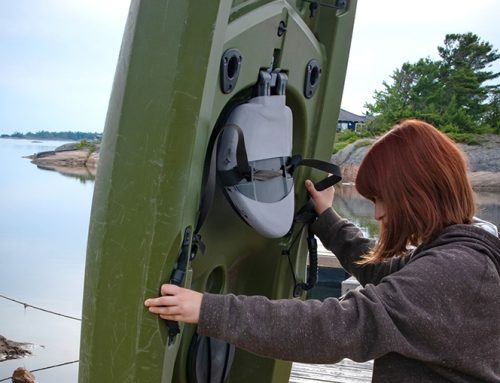
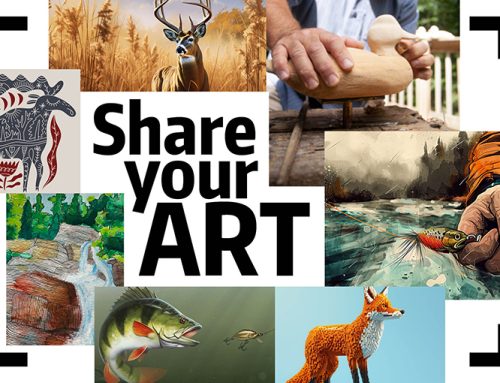
Leave A Comment